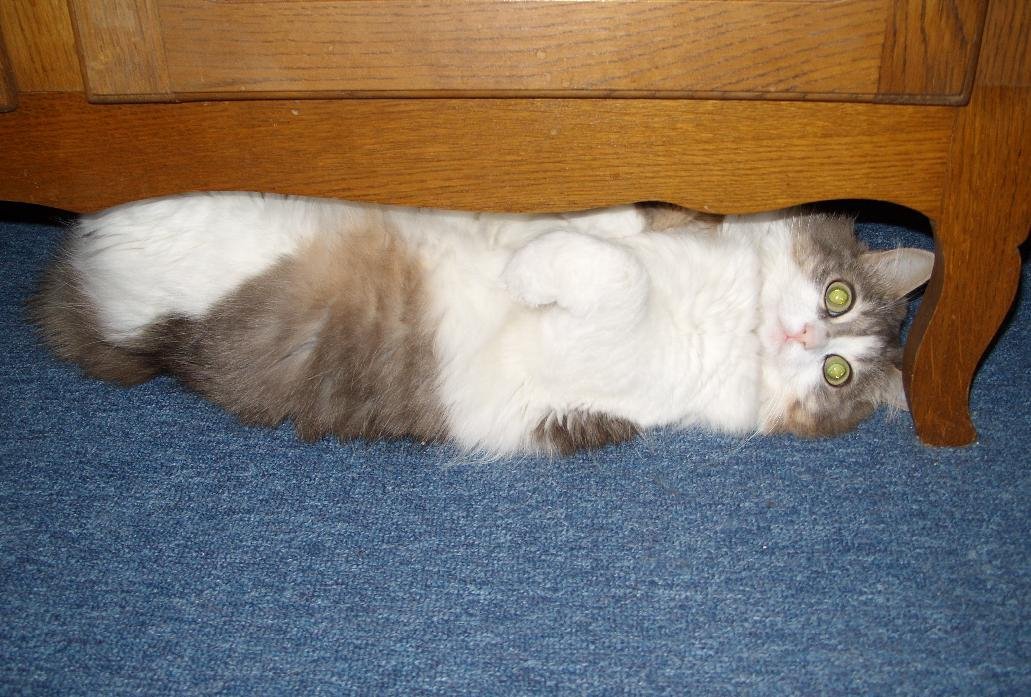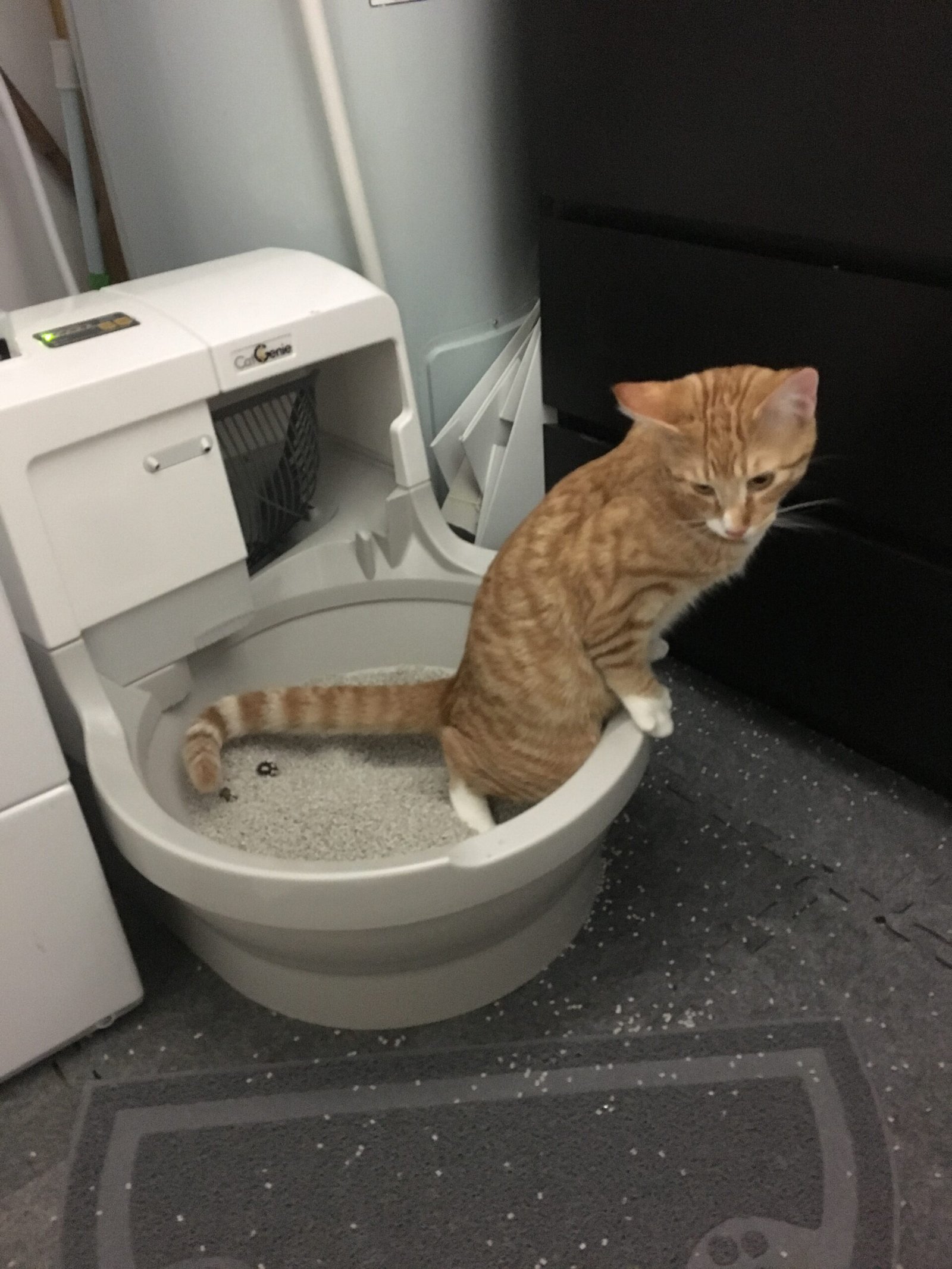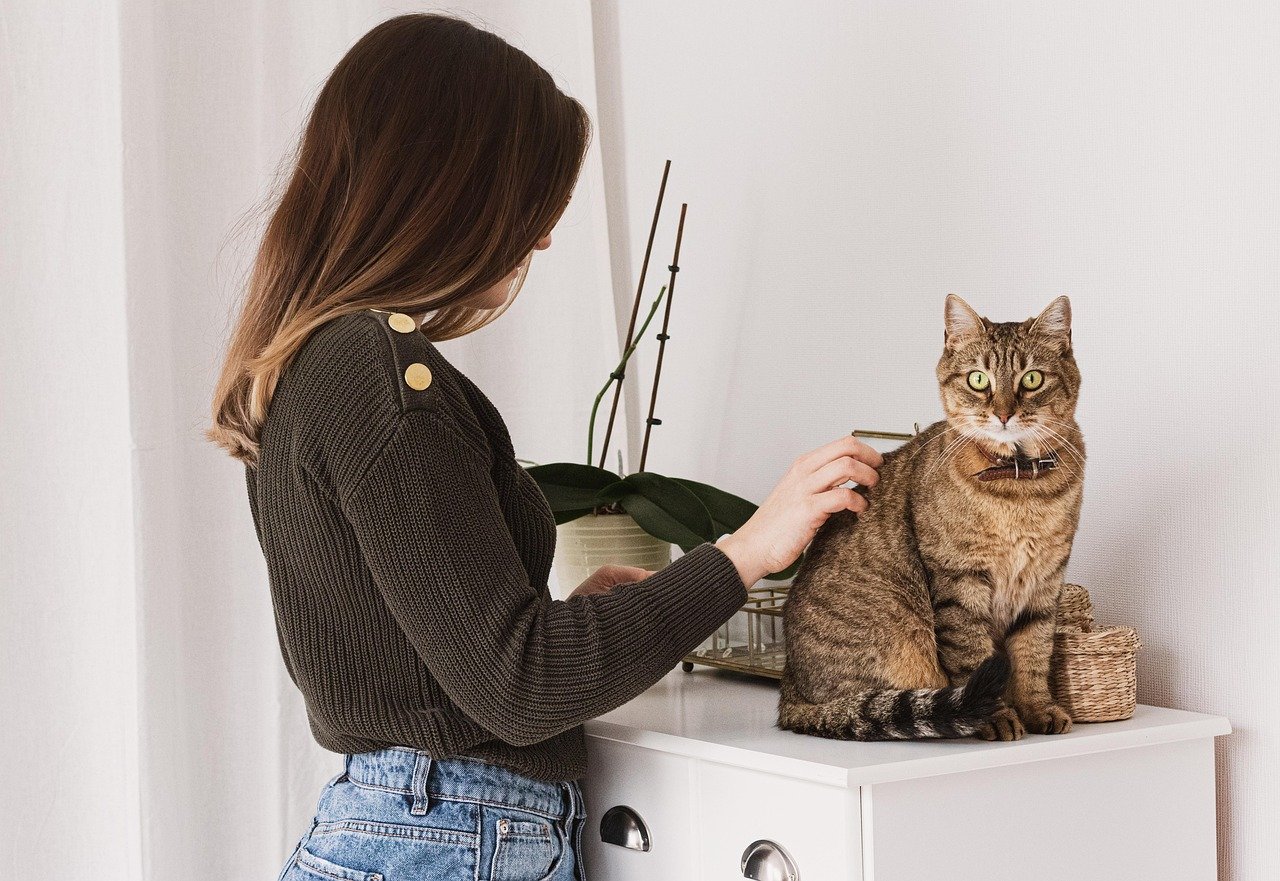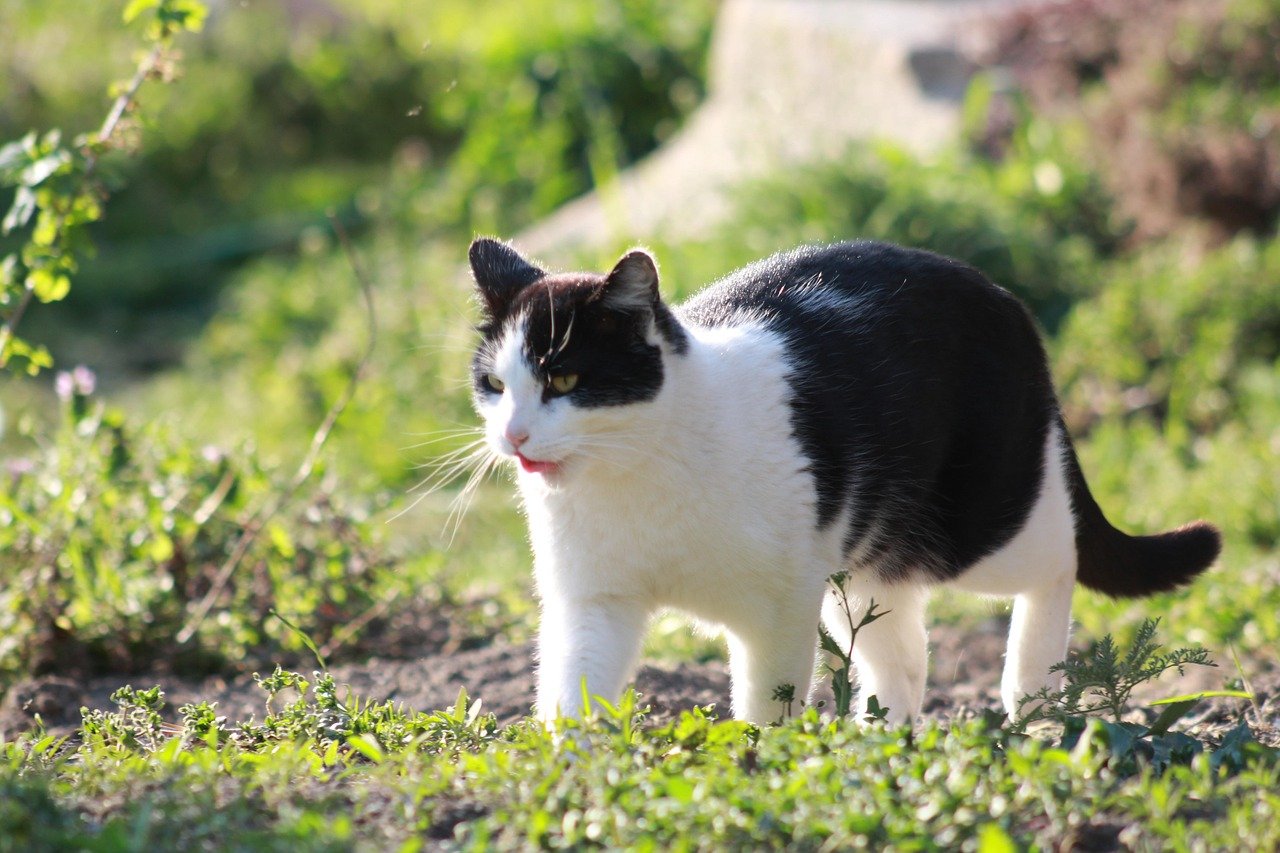Have you ever wondered why your cat sometimes hides under the bed, ears flattened and eyes wide? Or why, on some days, they purr and twirl around your ankles like you’re their whole world? The truth is, your actions—both big and small—have a powerful impact on your feline friend’s happiness and stress levels. For dog lovers, cats may seem mysterious or even aloof, but they are incredibly sensitive creatures with their own unique needs. The mistakes we make, often without realizing, can lead to a stressed-out kitty. But the good news? There are also simple, heartfelt ways to make them feel safe, comfortable, and loved. Let’s dig into the five human mistakes that stress cats out, followed by eight thoughtful actions that help them thrive. You just might be surprised by what really makes your cat tick!
Ignoring Their Need for Personal Space
Cats are naturally independent animals. Unlike dogs, who often crave constant attention, cats need their own safe havens and quiet moments. When humans try to cuddle, pick up, or play with cats at the wrong time—especially when they’re hiding or sleeping—it can be overwhelming for them. Imagine someone bursting into your room every time you tried to nap! Respecting your cat’s personal space shows them that you trust and understand their boundaries. Continually invading this space can make cats feel insecure or even threatened, leading to stress behaviors like hiding or scratching. Always wait for your cat to come to you; let them initiate affection, and they’ll reward you with trust.
Sudden Loud Noises and Chaos
Think about how you react to a sudden blaring alarm or a loud bang. Cats have extremely sensitive hearing, so even everyday noises like loud music, shouting, or slamming doors can be terrifying. Dog lovers know pups may bark at loud sounds, but cats often freeze, dart away, or hide for hours. Households with constant commotion, arguments, or loud appliances are stressful for cats. Even big gatherings or parties can upset their routine, making them anxious and withdrawn. Keeping a calm and peaceful environment, especially in your cat’s favorite areas, helps them feel secure and at ease.
Inconsistent Feeding Routines
Cats love routine. When their meals are served at unpredictable times, it throws off their sense of security. Imagine expecting dinner at 6 p.m., but sometimes it comes at 8 or not at all. Your cat feels the same confusion and frustration. Inconsistent feeding can also lead to digestive issues and unhealthy weight changes. Setting regular meal times, and sticking to them, reassures your cat that their needs will always be met. It’s a simple but powerful way to build trust and lower their stress.
Not Providing Enough Enrichment
A bored cat is an unhappy cat. Without toys, scratching posts, or places to climb and explore, your kitty will quickly feel restless or depressed. Cats need mental and physical stimulation to thrive—just like dogs need walks and playtime. When humans neglect to provide enough enrichment, cats often develop destructive behaviors like clawing furniture or over-grooming. Rotating toys, offering puzzle feeders, and creating vertical spaces like cat trees or shelves can transform your home into a feline playground. Enrichment is not a luxury; it’s a necessity for a content cat.
Misreading or Ignoring Body Language
Cats communicate mostly through body language—arched backs, twitching tails, slow blinks. Sadly, many people overlook or misinterpret these signs. Trying to pet a cat with flattened ears or a lashing tail can escalate stress into aggression. Dogs bark or whine, but cats are subtle. Paying close attention to your cat’s posture and expressions is like learning a new language. When you respect their signals, you show them they’re safe and understood, reducing their anxiety and deepening your bond.
Letting Your Cat Set the Pace of Affection
Cats are all about choice. Unlike dogs, who often love belly rubs and kisses anytime, cats want to decide when and how they interact. Giving your cat control over when they approach, cuddle, or play builds their confidence and trust in you. Sit quietly and let your cat come to you—maybe with a gentle head bump or a slow blink. This small act can fill your cat with comfort, knowing they are respected and not forced into unwanted closeness. Over time, your patience will be rewarded with more affectionate moments.
Creating Cozy Hiding Spots

Every cat loves a secret hideaway. Whether it’s a cardboard box, a cozy blanket fort, or a cat cave, these spaces give your cat a sense of safety. Hiding spots help cats relax, nap, and escape from overwhelming situations—just like people retreat to their bedrooms after a long day. Providing several quiet places around your home shows your cat that you care about their comfort. These safe zones are especially important during stressful times, such as when guests visit or loud noises occur.
Offering Interactive Playtime

Cats are natural hunters, even if they spend their lives indoors. Interactive play sessions—using feather wands, laser pointers, or small balls—allow cats to stalk, chase, and pounce in a safe, fun way. This not only burns off energy but also gives them a sense of accomplishment and happiness. Playtime is also a wonderful way to bond with your cat; it speaks to their instincts and strengthens your connection. Aim for at least two short play sessions each day to keep your kitty content and healthy.
Keeping Litter Boxes Clean and Accessible

Imagine needing to use a bathroom that’s dirty or hard to reach. That’s exactly how your cat feels when their litter box isn’t clean or is placed in a noisy, inconvenient spot. Cats are fastidious about cleanliness. Scooping the litter box daily, using unscented litter, and placing the box in a quiet, low-traffic area makes a huge difference in your cat’s comfort. Providing one box per cat (plus one extra) eliminates competition and helps prevent litter box problems, which are often caused by stress.
Respecting Their Grooming Habits

Cats spend hours every day grooming themselves. It’s not just about staying clean—it’s a calming ritual that helps them feel secure. Some people interfere by over-bathing or brushing too aggressively, which can be stressful and uncomfortable for cats. Instead, let your cat control their own grooming routine, stepping in only when necessary to help with mats or health issues. Offering gentle brushing sessions can become a bonding activity if your cat enjoys it, but always go at their pace.
Providing Vertical Territory
Cats love to climb. In the wild, they perch in trees to watch for prey or escape danger. Indoor cats crave the same vertical spaces—cat trees, shelves, or window perches. These high-up spots give your cat a sense of control and safety, allowing them to observe their world from a secure vantage point. Vertical territory helps reduce stress, especially in multi-pet homes, by letting cats claim their own space above the chaos. If your cat seems anxious, adding more climbing options could make all the difference.
Maintaining a Predictable Environment

Stability is everything to a cat. Frequent changes—moving furniture, new pets, or unpredictable routines—can unsettle even the most confident kitty. Keeping your cat’s environment consistent gives them a solid sense of security. If you must make changes, do so gradually and always provide extra comfort and reassurance. A predictable routine of meals, play, and quiet time can transform your cat’s life, making them more relaxed and affectionate.
Using Kind, Gentle Voices
Cats are incredibly sensitive to tone of voice. Harsh words or raised voices can frighten them, even if you’re not angry at them directly. Using a soft, gentle voice when talking to your cat reassures them that they are safe and loved. Positive communication isn’t just about what you say, but how you say it. Speaking kindly to your cat, even during stressful times, helps build trust and makes your home a peaceful place for both of you.
Showing Patience and Understanding
Every cat is unique. Some are outgoing and bold, while others are shy and cautious. The most content and happy cats are those whose humans show patience and understanding. Accept your cat’s quirks, offer comfort during stressful times, and celebrate their personality. Building a trusting relationship takes time, but the reward is a deep, loving bond that brings joy to both of your lives. Isn’t it amazing how much happiness a little patience can bring?

Born and bred in South Africa, a Capetonian at heart. Amy-Leigh’s love for nature and animals was inherited from her Dad. He loves taking the family on road trips to experience nature at its finest; Amy-Leigh’s favourite being whale watching in Hermanus and spotting Kudu along the West Coast. Amy-Leigh holds a BA in English Literature and Communication Studies.






